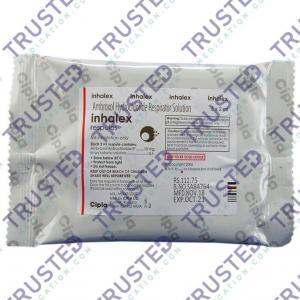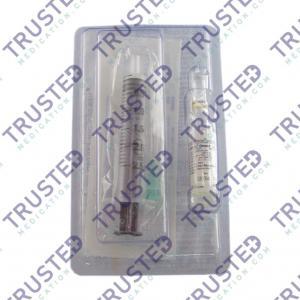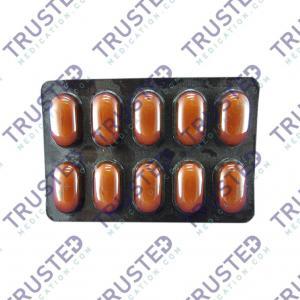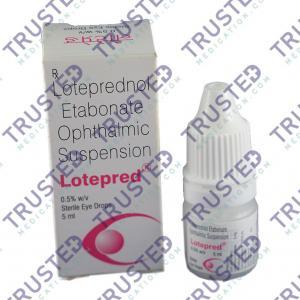
Pulmonary hypertension affects the arteries in the lungs and the right side of the heart. Blood vessels in the lungs are narrowed, blocked, or destroyed in one form of pulmonary hypertension, called pulmonary arterial hypertension. The damage slows blood flow through the lungs, and blood pressure in the lung arteries rises.
The heart must work harder to pump blood through the lungs. The extra effort eventually causes the heart muscle to become weak and fail. Pulmonary hypertension can be life-threatening in some people when it slowly worsens.
Symptoms of Pulmonary Hypertension

It may take months or even years to notice the symptoms and signs of pulmonary hypertension. Symptoms get worse as the disease progresses. Pulmonary hypertension signs and symptoms include:
- Shortness of breath especially when exercising and eventually while at rest
- Fatigue
- Dizziness or fainting spells
- Chest pressure or pain
- Swelling in the ankles, legs, and eventually the abdomen
- Bluish color to the lips and skin
- Fast pulse or pounding heartbeat
Is Pulmonary Hypertension Curable?
There is no cure for pulmonary hypertension, but treatment is available to help improve signs and symptoms and slow the progress of the disease. When it comes to pulmonary hypertension, finding the best treatment can take some time. The treatments are often complex and require extensive follow-up care. Heart damage can occur to the right side of the heart due to this condition.
What Causes Pulmonary Hypertension?
In the lungs, the blood releases carbon dioxide and picks up oxygen. Normally, blood flows easily through blood vessels in the lungs to the left side of the heart. In some cases, changes in the cells that line the pulmonary arteries can result in stiff, swollen, and thickened walls. These changes may cause pulmonary hypertension.
How to Diagnose Pulmonary Hypertension?
Pulmonary hypertension is hard to diagnose early because it’s not often detected during a routine physical exam. The diagnostic method includes:
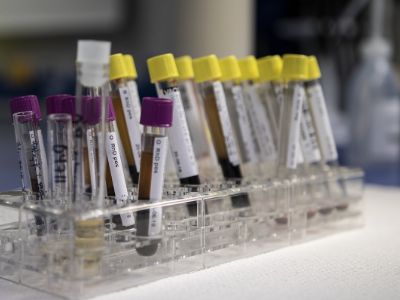
- Blood tests. Almost all pulmonary hypertension can be detected or treated with blood tests.
- Chest X-ray. It can show enlargement of the right ventricle or the pulmonary arteries.
- Electrocardiogram. The noninvasive test can detect abnormal heartbeats by observing the heart’s electrical patterns.
- Echocardiogram. It can show the size and thickness of the right ventricle and the pressure in the pulmonary arteries.
- Right heart catheterization. The diagnosis of pulmonary hypertension is likely to be confirmed after a right heart catheterization if an echocardiogram reveals it.
- Computerized tomography (CT). A CT scan can show the size of the heart and any blockages in the pulmonary arteries.
- Magnetic resonance imaging (MRI). An MRI scan uses a magnetic field and pulses of radio wave energy to see blood flow in the pulmonary arteries.
- Lung function test. The test involves blowing into an instrument called a spirometer.
Treatment for Pulmonary Hypertension
Some types of pulmonary hypertension do not have a cure, but treatment can reduce symptoms and improve quality of life. Aside from surgery and other medical procedure. The treatment for pulmonary hypertension depends on the severity of the condition. Medications involve:
- Blood vessel dilators
- Guanylate cyclase (GSC) stimulators
- Endothelin receptor antagonists
- Sildenafil and tadalafil erectile dysfunction caused by pulmonary hypertension
- High-dose calcium channel blockers
- Warfarin is an anticoagulant to prevent blood clots in the pulmonary arteries



